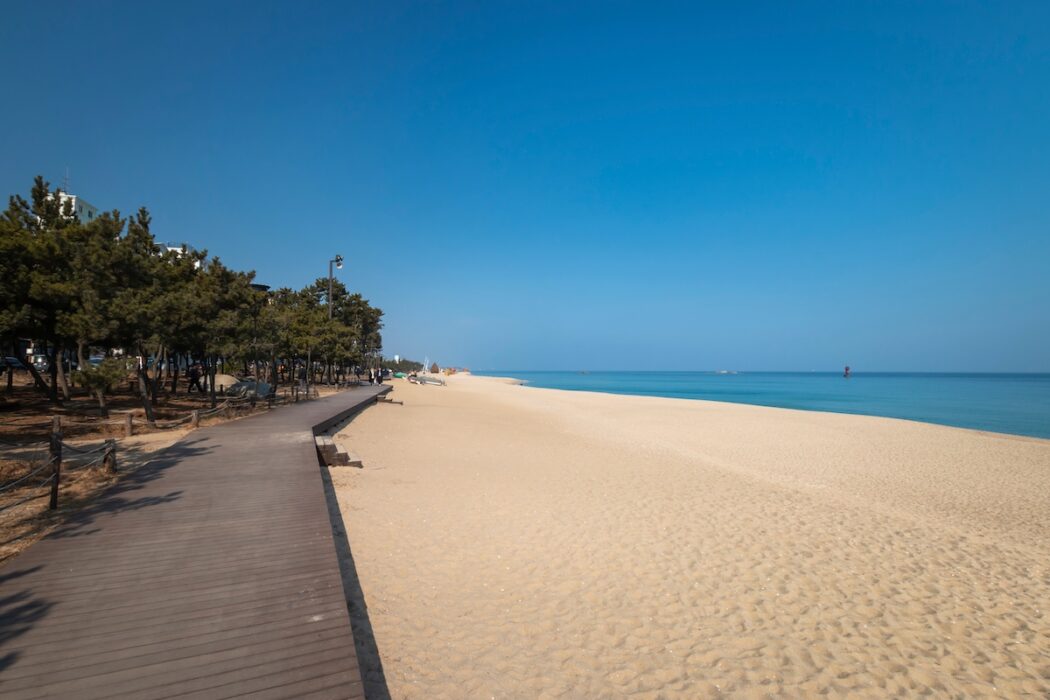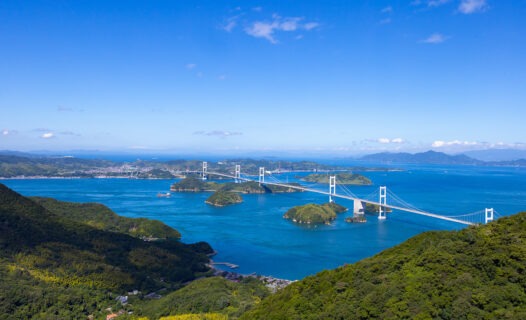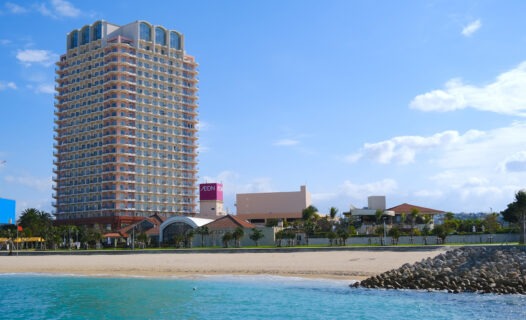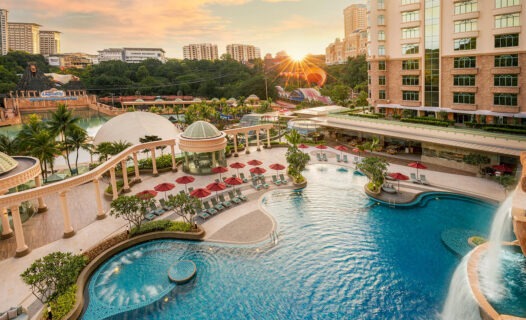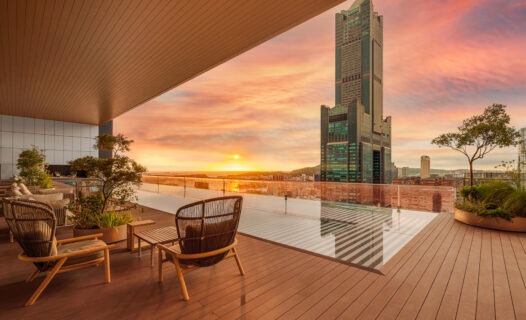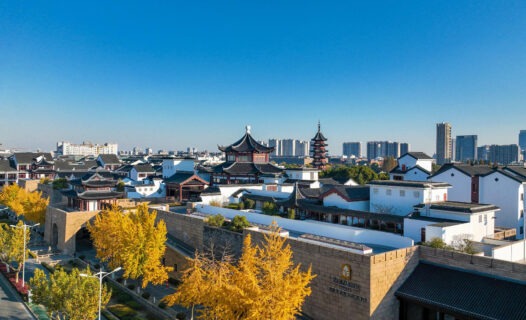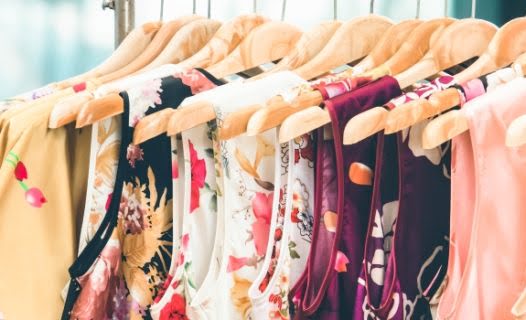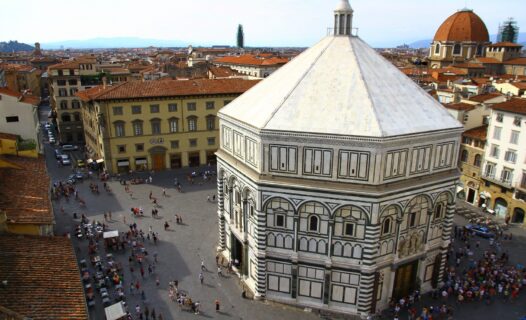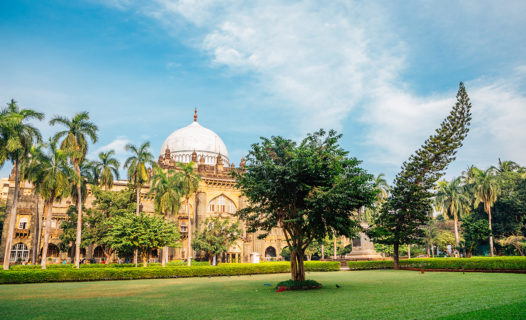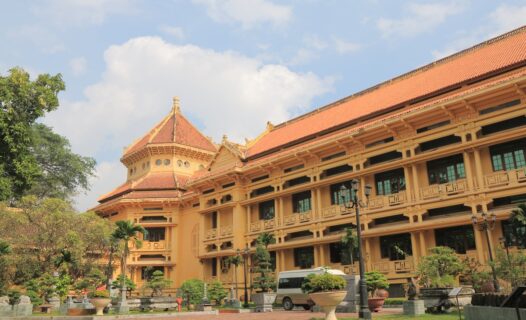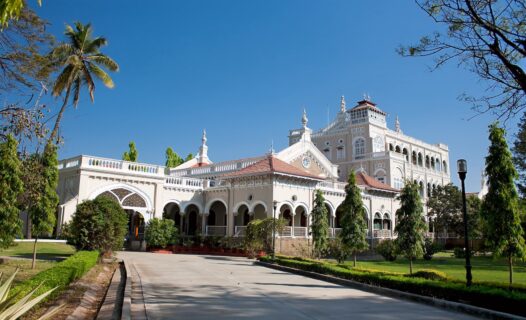Introduction
Korean cloth fashion is more than just a trend; it’s a vibrant expression of cultural heritage that weaves together history, artistry, and innovation. As South Korea continues to make waves on the global fashion stage, its textile festivals stand as a testament to this rich tapestry of tradition and modernity. These festivals not only showcase stunning garments and fabrics but also celebrate the craftsmanship and creativity that define Korean fashion. Join us as we explore the allure of Korean cloth, its evolution over time, and the exciting festivals that bring this culture to life!
Exploring the Allure of Korean Cloth Fashion
Korean cloth is distinguished by its unique characteristics, from the delicate textures of sustainable Korean fabrics to the vibrant colors that reflect the country’s natural beauty. Each piece tells a story, embodying the cultural identity of its wearer. Whether it’s the elegance of a traditional hanbok or the innovative designs of contemporary fashion, Korean clothing captures a blend of history and modernity that is simply irresistible.
The fascinating interplay between traditional and modern styles is a hallmark of Korean fashion trends. Designers today are embracing heritage while pushing boundaries, creating garments that resonate with both locals and tourists. Yet, there’s often a gap in understanding the cultural significance behind these trends. By attending textile festivals, you can immerse yourself in this world, gaining insights into the artistry and meaning woven into each piece.
The Evolution of Hanbok: From Tradition to Modernity
The hanbok is perhaps the most iconic representation of traditional Korean clothing, characterized by its vibrant colors and elegant silhouettes. Traditionally worn during celebrations and special occasions, the hanbok consists of a jeogori (jacket) and chima (skirt) for women, while men wear a jeogori paired with baji (trousers). The key features of hanbok include its simple lines and lack of pockets, emphasizing grace and movement.
Traditional Hanbok Styles
Each hanbok is uniquely designed for various occasions, from weddings to holidays. The color palette often reflects the season or the event’s significance, with bright hues symbolizing joy and prosperity. The intricate embroidery and patterns tell stories of Korean folklore and nature, making each garment a piece of art.
Modernized Hanbok
In recent years, the hanbok has undergone a transformation, with designers introducing modernized versions that appeal to younger generations and tourists alike. These contemporary hanboks maintain the essence of the traditional garment while incorporating modern fabrics and styles. Popular designs often feature shorter hemlines, bold patterns, and innovative cuts, making them perfect for everyday wear or special occasions.
However, this shift has sparked debates around authenticity and cultural representation. As the hanbok evolves, it raises questions about the balance between honoring tradition and embracing modernity. This conversation is essential for anyone interested in the depth of Korean fashion.
Textile Festivals in South Korea: A Celebration of Craftsmanship
South Korea is home to a variety of textile festivals that celebrate the artistry and craftsmanship behind its fashion. These events are not just about shopping; they are immersive experiences that highlight the skills of local artisans and the beauty of traditional techniques. From fabric exhibitions to fashion showcases, these festivals are a feast for the senses!
Preview in Seoul
One of the most anticipated events is the Seoul Textile Festival, where you can expect to see stunning displays of Korean textile art. This festival typically features workshops, fashion shows, and opportunities to meet designers. Visitors can explore the latest in sustainable practices and innovative designs while enjoying live demonstrations of traditional weaving and dyeing techniques.
Other Notable Festivals
Beyond Seoul, other notable festivals take place throughout the country, each offering its own unique flavor. For instance, the Daegu Textile Fair showcases a blend of local and international designers, while the Jeonju Hanbok Festival invites visitors to experience the beauty of traditional hanbok through fashion shows and cultural performances. These festivals provide an excellent opportunity to engage with the local fashion scene, discover new trends, and perhaps even find that perfect piece to take home.
Mark your calendars and get ready to explore the rich tapestry of Korean fashion at these exciting textile festivals!
The Role of Korean Fashion Designers in Shaping Trends
Korean fashion is a dynamic landscape, and at the heart of this movement are the visionary designers who are shaping its future. From innovative newcomers to established icons, these creatives are redefining the boundaries of style and influencing trends not just in South Korea, but around the globe.
Emerging Designers
Keep an eye on the rising stars of the Korean fashion scene! Designers like Lee Jean Youn and Yoon Ahn are making waves with their unique interpretations of traditional aesthetics blended with contemporary flair. Their collections often feature bold prints and experimental silhouettes, attracting attention from fashion enthusiasts and influencers alike. Attending their shows at events like Korean Fashion Week is a must for anyone wanting to catch the latest trends firsthand.
Established Brands
Don’t forget about the iconic brands that have paved the way for modern Korean fashion! Labels such as Gentle Monster and Andersson Bell are celebrated for their unique designs and high-quality craftsmanship. Gentle Monster, known for its avant-garde eyewear, has become a global phenomenon, while Andersson Bell combines Korean and Scandinavian influences, creating pieces that are both stylish and functional. Shopping at their flagship stores in Seoul is an experience in itself!
As social media continues to play a significant role in fashion, these designers are leveraging platforms like Instagram and TikTok to showcase their collections. This accessibility allows fans and consumers to engage with their work, further propelling Korean fashion into the spotlight.
Sustainability in Korean Fashion: A Growing Movement
With the global push towards sustainability, the Korean textile industry is stepping up to the challenge. More and more brands are adopting eco-friendly practices, making conscious efforts to reduce their environmental impact while still delivering stunning designs.
Sustainable Korean Fabrics
Innovations in material sourcing are leading the charge in sustainable fashion. Many designers are now using organic cotton, recycled materials, and natural dyes to create their collections. Brands like Re;code are at the forefront, turning excess fabric into stylish garments, thus minimizing waste and promoting a circular economy. When attending textile festivals, look out for workshops that focus on these sustainable practices—it’s a fantastic way to learn more about eco-friendly fashion!
Fashion Sustainability Initiatives
Various initiatives are promoting sustainability within the industry. Events such as the Korea Eco Fashion Week spotlight brands committed to sustainable practices, showcasing their collections while educating the public on the importance of eco-conscious fashion. Participating in these events can provide valuable insights into the future of fashion in South Korea.
Unique Korean Fabric Patterns and Techniques
The artistry of Korean textiles is reflected in the intricate patterns and techniques that have been passed down through generations. These traditional methods are not only beautiful but also tell the story of Korea’s rich cultural heritage.
Korean Fabric Dyeing
One of the most captivating aspects of Korean textiles is the dyeing techniques used to create stunning patterns. Techniques such as natural dyeing utilize plants and minerals to produce vibrant colors, while shibori (a Japanese technique adopted in Korea) creates mesmerizing patterns through folding and binding fabrics. These methods are often showcased at textile festivals, allowing visitors to witness the magic of fabric transformation firsthand.
Weaving and Embroidery
Korean weaving techniques are equally impressive, with artisans creating intricate designs that reflect the country’s history and culture. Traditional embroidery, known as sujeonggwa, often features motifs inspired by nature and folklore, making each piece a unique work of art. Exploring these crafts at local markets or workshops during your travels can deepen your appreciation for the skill involved in Korean textiles.
A Shopper’s Guide to Korean Fashion and Textiles
If you’re ready to take home a piece of Korean fashion, you’re in for a treat! The shopping scene is vibrant and diverse, offering everything from traditional textiles to contemporary designs.
Must-Visit Markets
Start your shopping adventure at traditional markets like Dongdaemun Design Plaza and Gwangjang Market. Here, you can find a plethora of fabric options, including silk, cotton, and unique handmade textiles. Don’t hesitate to haggle a bit; it’s part of the fun! Plus, you can often find vendors who are happy to share the stories behind their fabrics.
Fashion Boutiques
For those looking for something a bit more modern, Seoul’s boutique scene is thriving. Areas like Hongdae and Myeong-dong are brimming with shops showcasing local designers and unique clothing styles. From chic streetwear to elegant evening wear, you’ll discover pieces that reflect the latest Korean fashion trends. Be sure to check out the pop-up shops and seasonal sales for exclusive finds!
Culinary Delights: Food and Drinks at Textile Festivals
What’s a festival without delicious food? Korean textile festivals are not just about fashion; they also offer a feast for the senses with a variety of culinary delights!
Traditional Korean Cuisine
While exploring the vibrant stalls, be sure to try some traditional dishes such as bibimbap (a mixed rice dish with vegetables and meat) and tteokbokki (spicy rice cakes). These dishes are not only tasty but also provide a glimpse into Korea’s rich culinary heritage.
Street Food Highlights
Street food is a highlight at festivals! Indulge in hotteok (sweet pancakes filled with brown sugar and nuts) and korean fried chicken, which is crispy and packed with flavor. Don’t forget to wash it down with some refreshing makgeolli (Korean rice wine) or soju for a true local experience!
Practical Information for Travelers
Planning to attend a textile festival? Here’s what you need to know to make the most of your experience!
Transportation Details
Getting to festival venues is relatively easy, as South Korea boasts an efficient public transportation system. The subway is a great option, with many festival locations accessible via major lines. Consider purchasing a T-money card for convenient travel on buses and subways throughout your stay.
Opening Hours and Costs
Most textile festivals typically run for several days, with opening hours varying by event. Be sure to check the festival’s official website for specific details. Entry fees are often minimal or free, making it an affordable outing for all travelers!
Seasonal Insights into Korean Fashion Trends
Korean fashion is influenced by the changing seasons, which brings a fresh wave of trends throughout the year. Here’s what to look out for!
Spring/Summer Trends
As the weather warms up, expect to see lighter fabrics and vibrant colors dominating the scene. Think flowy dresses, pastel hues, and playful patterns that reflect the blossoming nature. Sustainable fabrics are also gaining popularity, with many designers opting for eco-friendly choices that are perfect for the summer heat.
Fall/Winter Trends
When the chill sets in, layering becomes essential! Look for cozy oversized sweaters, stylish coats, and chic scarves that not only keep you warm but also elevate your style. Rich colors like burgundy, mustard, and deep green will be all the rage, along with luxurious fabrics such as wool and cashmere.
Safety and Health Guidelines for Festival-Goers
While enjoying the festivities, keeping safety in mind is important. Here are some tips to ensure a smooth experience:
Health and Safety Tips
Stay hydrated, especially during outdoor events, and be mindful of your belongings in crowded areas. Wearing a mask in busy spaces is still a good practice to protect yourself and others. If you’re feeling unwell, it’s best to take a break and enjoy the festival at a later time!
Commonly Asked Questions (FAQs) about Korean Fashion and Textiles
Curious about Korean fashion and textiles? Here are some common questions travelers often have:
What is the best time to attend a textile festival in South Korea?
The best time to experience textile festivals is during spring and fall when many events are held. Check local listings for specific dates!
Can I buy fabrics and clothing at the festivals?
Absolutely! Most festivals have vendors selling a variety of textiles and clothing, making it a perfect opportunity to find unique pieces.
Are there workshops available for learning about Korean textiles?
Yes! Many festivals offer workshops on traditional techniques such as dyeing and weaving. It’s a great way to immerse yourself in the culture!
Fun Facts about Korean Textile Culture
Did you know? Here are some fun tidbits about Korean textiles that might surprise you!
- The word “hanbok” translates to “clothing” in Korean and has been worn for centuries, symbolizing Korean identity.
- Traditional Korean fabrics often feature motifs that represent good fortune, such as peonies and dragons.
- Textiles in Korea are not just for clothing; they also play a role in home decor, with beautiful fabrics used for curtains and tablecloths.
This rich culture is a testament to the creativity and artistry of the Korean people, making it a fascinating subject for both fashion enthusiasts and casual travelers alike.

